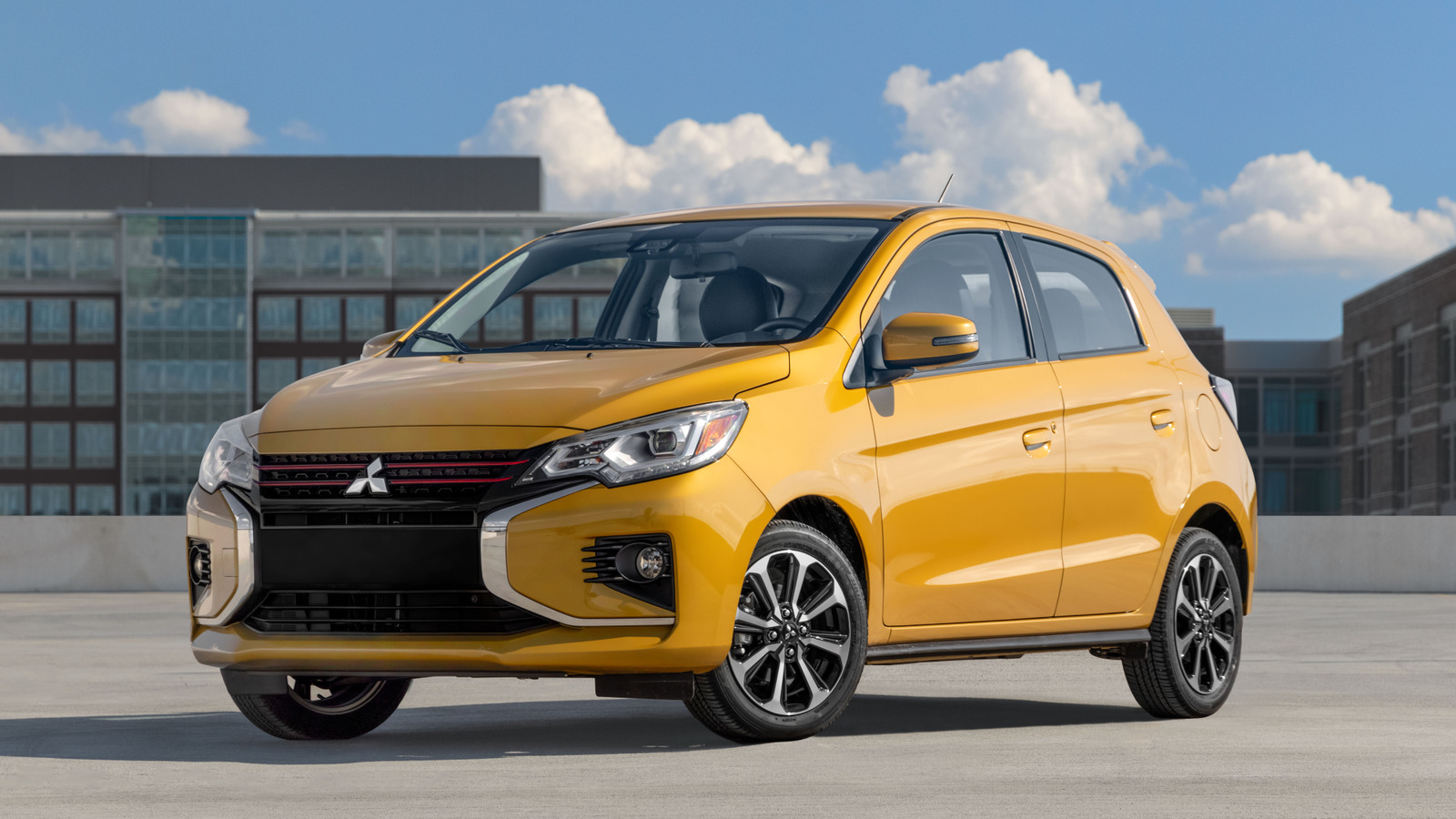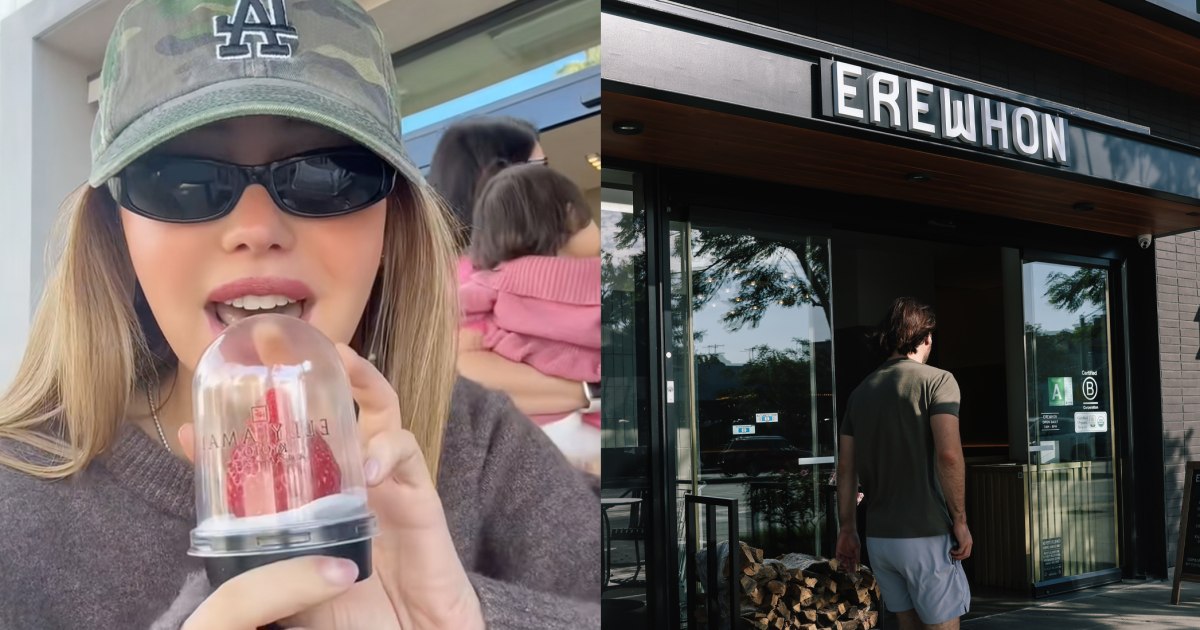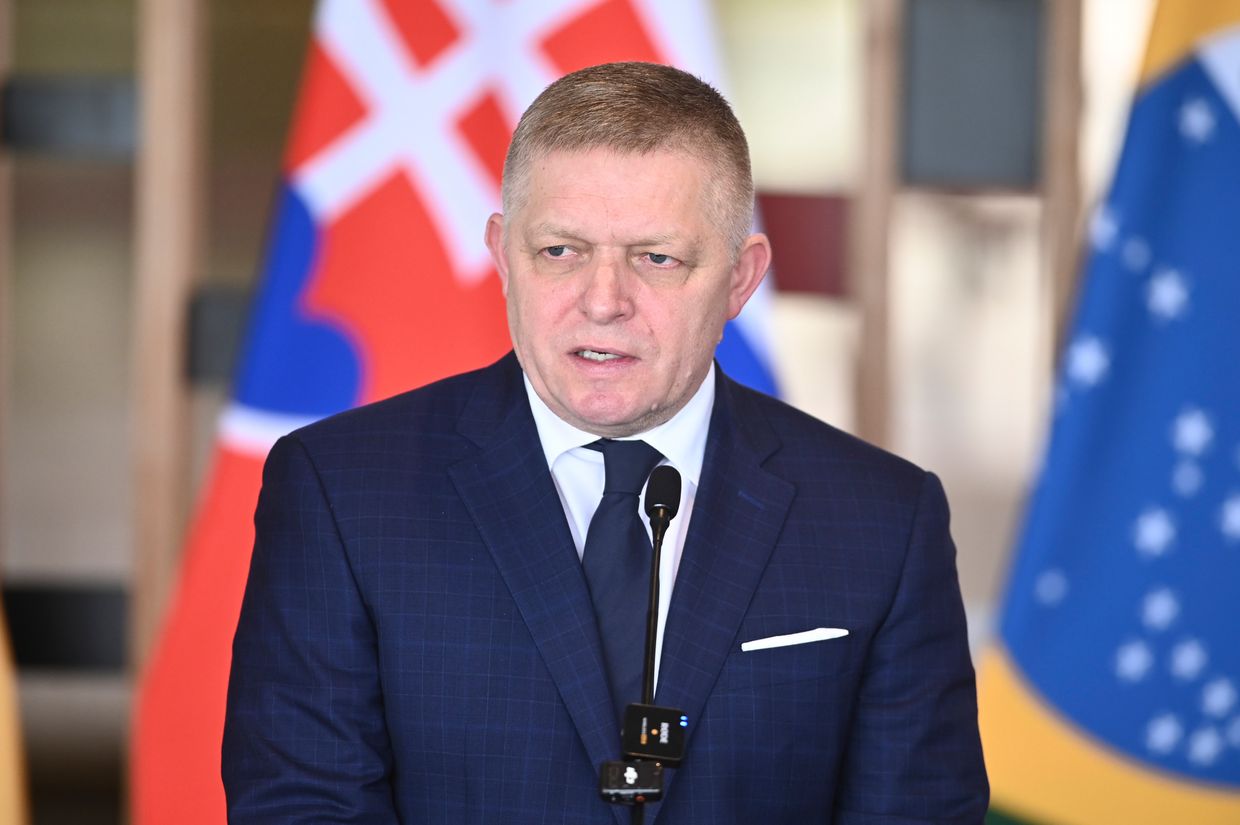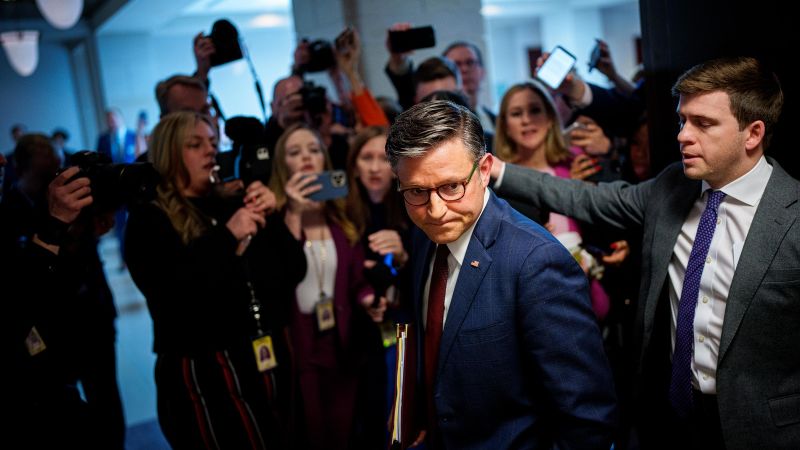A version of this story appeared in CNN Business’ Nightcap newsletter. To get it in your inbox, sign up for free here.
New York
CNN
—
“Congestion pricing” is the stuffy-sounding name of a New York policy that is, by every available metric, a resounding success. Anyone, including lapsed New Yorker President Trump, saying otherwise is simply ignoring the evidence.
Here’s the basic topline:
-
Six weeks into the experiment, people who drive into Manhattan at peak hours are, for the bargain price of one-and-a-half Starbucks lattes, experiencing less gridlock.
-
Pedestrians and cyclists are safer.
-
And the city reported Monday that it is hitting its revenue targets — a crucial part of the plan to address badly needed repairs to the biggest public transit network in the nation.
That last point is especially bad news for the folks like Trump who oppose the $9 toll to enter the busiest parts of Manhattan at the busiest times of day. Their arguments against congestion pricing — largely based on speculation that it would hurt businesses, when in reality even more people are visiting business districts than before — look even sillier when you consider the undeniable economic upsides.
“The impact of the congestion relief zone in the city has been immediate and positive,” Kathryn Wylde, the CEO of the Partnership for New York City, a business advocacy group, recently told my colleague Nathaniel Meyersohn. “Congestion pricing is a market-driven user fee that allows people who opt to drive into the city to gain immediate benefits.”
Days after the president, calling himself the “king,” vowed to kill the congestion pricing program (which was met with a swift lawsuit from the city to stop him), transportation officials announced that the toll system brought in nearly $49 million in its first 27 days, putting the city well on track to meet its goal of bringing in half a billion dollars a year.
That money will pay for municipal bonds that fund urgent updates to the New York Subway, which is effectively held together with duct tape and prayers from the 3.6 million people (equal to the entire population of the state of Utah) who ride it every day.
On top of the pure economics, there’s the whole public health and safety factor.
Some key stats from New York’s Metropolitan Transportation Authority, which oversees the congestion pricing program:
-
1.2 million fewer vehicles entered the congestion relief zone in January, a 7.5% drop from a year ago.
-
Rush-hour drive times across bridges and tunnels shrank by as much as 30%.
-
And even with fewer cars in the city, more people visited Manhattan’s business districts in the toll zone in January. Around 36 million people visited business districts in the zone last month, about 1.5 million people more than January of 2024.
-
Attendance to Broadway shows also rose 17% in January from a year earlier, despite predictions that congestion pricing would strangle the city’s theater scene.
-
People are safer. According an analysis of city data by Streetsblog, the first 12 days of congestion pricing — January 6 through January 17 — saw a 51% drop in injuries and a 55% drop in crashes year over year in the relief zone.
Sure, these are preliminary data that could change. But what New York has created — after more than a decade of planning and research — is a simple, market-based solution to a deadly problem that is expected to inconvenience a small fraction of the city’s population (The vast majority, 85%, of commutes to the congestion relief zone are taken via bus or train.) It’s the kind of local, limited government intervention that Republicans would praise –if only it had emerged from a red state.
The Trump administration didn’t respond to a request for comment on Monday’s MTA announcement.
All of this might sound like some local news griping from a disgruntled outer-borough cyclist and subway rider. But it isn’t only that. The administration’s meddling in local affairs should serve as a warning to any other American city trying to implement local solutions to local problems.
As MTA board member Neal Zuckerman noted Monday: It’s about New York, the largest municipal and regional economy in America, “having someone muck with the economic engine.”
New York is the largest single municipal economy in the country, and has historically spent far more in federal taxes than we get back from Washington. The city has created a system backed by experts to rectify a problem created by motorists who — to be clear — are offering no alternative solution to the problem they are directly responsible for.
We’re not here to play politics. We’re too busy for that. All we want is to get to and from work without hearing the words “signal malfunction,” and for anyone who doesn’t live here to leave us alone.
—CNN’s Nathaniel Meyersohn contributed to this article.

















